 Long Lake National Wildlife Refuge
Long Lake National Wildlife RefugeThis would be a nice easy short excursion if traveling thru North Dakota on boring Interstate 94.
(We took the more "scenic" back roads.)
Long Lake is only 12 miles South of Interstate at Sterling which is about 25 miles East of Bismarck. (There's no gas, food, etc., in the tiny town of Moffit close to the lake.)
Just do the short loop at the SW end of Long Lake, which is the place to go for bird watching and photography.

Headquarters is at this end of the lake, also.

I was thinking about the best visit time for photography lighting. We were there late morning early afternoon and I had to shoot into the sun (South, SouthEast) sometimes so backlit. Plus it was an ugly overcast day for a lot of the trip, which is not good for photography. I just don't know if any later or earlier than that would give any real advantage because you'd be shooting into the South sun anyway. (On the website it says refuge hours are 8am to 4pm.)
Bird List for Long Lake Refuge area.
Here are some of the birds I was able to capture with camera.
Western grebe:
enaturecornell
Western grebe is very similar to the
Clark's grebe. The main distinguishing mark is the black around the eyes.
American bittern:
enaturecornell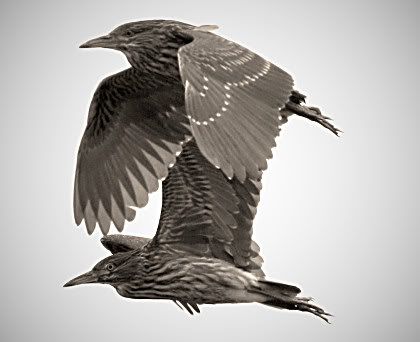
Great blue heron:
enaturecornell
Great egret:
enaturecornell
Great egret has a yellow bill and black or dark legs.
The
Snowy egret has a black or dark bill.
The
Cattle egret had yellow legs.
Herons, Bitterns, Egrets - Same Family - Ardeidae.
The herons and egrets would suddenly fly up and out as you went by before you even knew they were there. We saw several. I was out walking the road with camera ready.

The two bitterns flew, very slowly and quietly, right over my head! I could have gotten some really good pics of them if the weather would have been nicer. My pics were backlit pretty bad, so the bitterns were almost black against a grey blah sky. I had to lighten dramatically, greyscale, add in the brown sepia, blah, blah.
This is not a duck.

It's an American coot.
enaturecornellYeah, I thought this was some kind of black duck.
But the "pointy" bill (instead of flat) was the first clue it was something else.
The coot's toes are lobed, not webbed, although I did not have a photo of the feet.
So bill and feet are more like a chicken than a duck.
I also noticed slight reddish spots on bill and forehead, which are really there, not from camera or post processing. My photos were pretty poor, so I wasn't sure.
Watching them patter over the water is quite entertaining.

We did see ducks also, and avocets, and pelicans. There were lots of seagulls and other shorebirds, terns, maybe.

We saw a few bird swarms. One was of blackbirds. I think the attraction was the nearby sunflower field. Another swarm was overhead but too far away for me to identify.

By the time we were leaving Long Lake area the overcast sky was breaking up into nice puffy clouds. Too late.
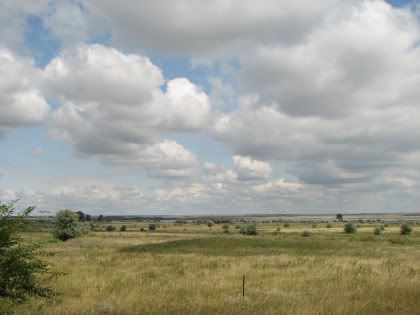
 Grief & Sorrow,
Grief & Sorrow,
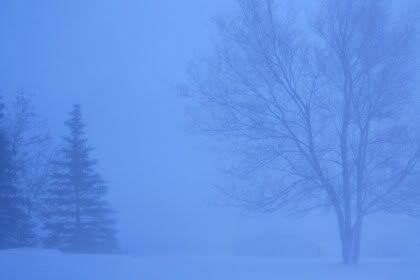







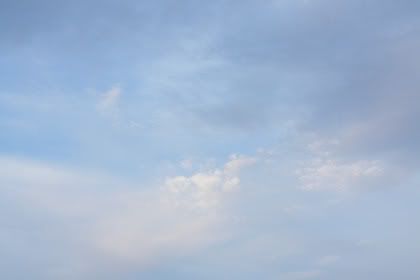








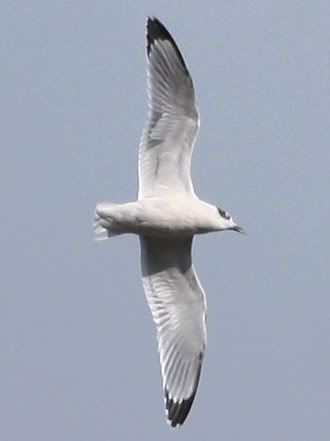

















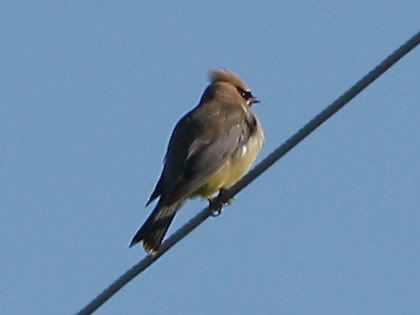

 Birding North Dakota, by Dan Svingen and Ron Martin.
Birding North Dakota, by Dan Svingen and Ron Martin.
